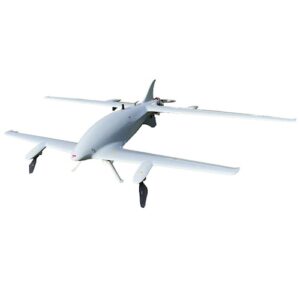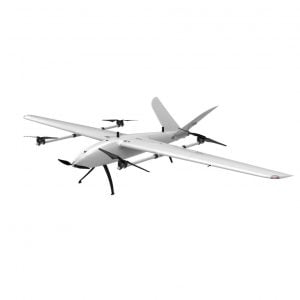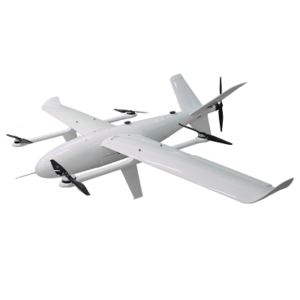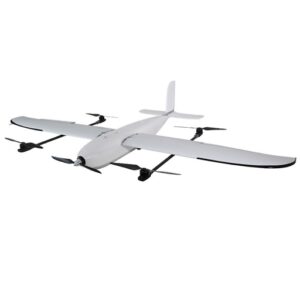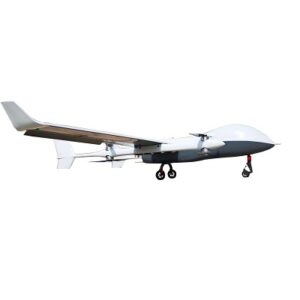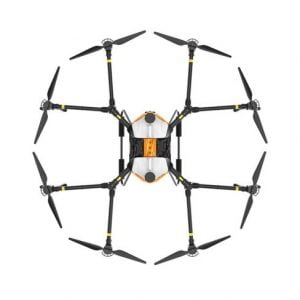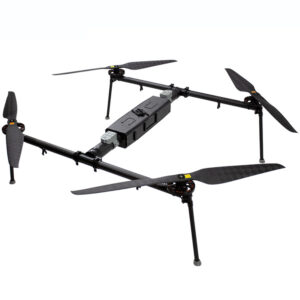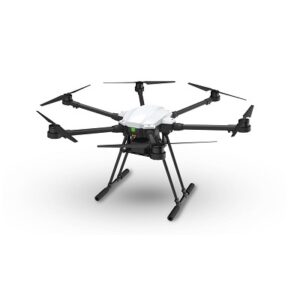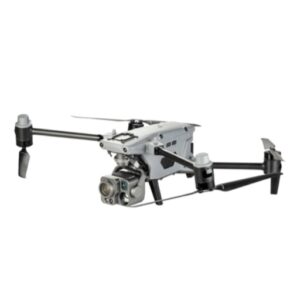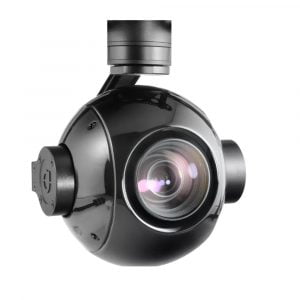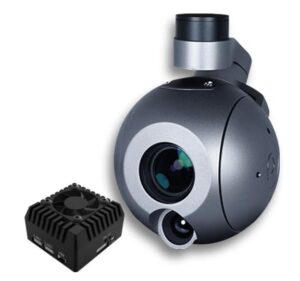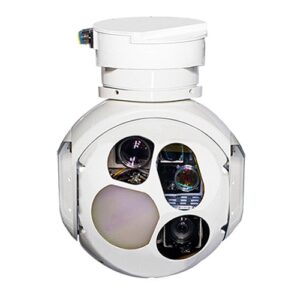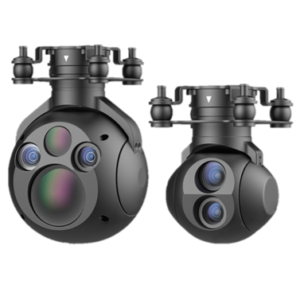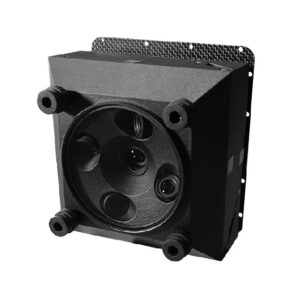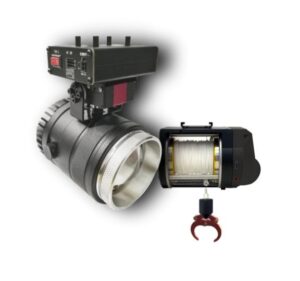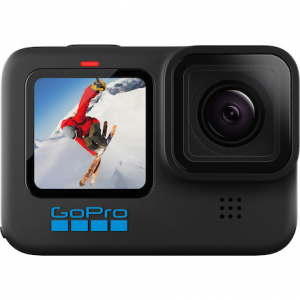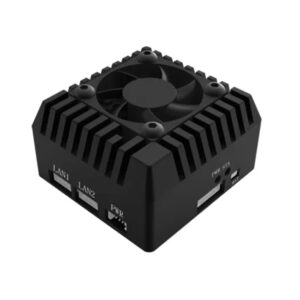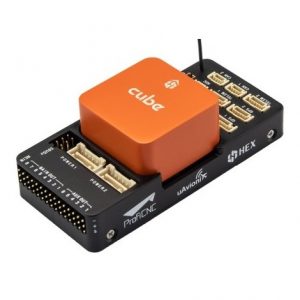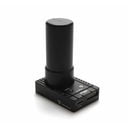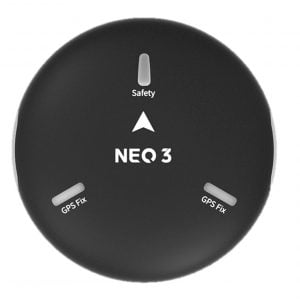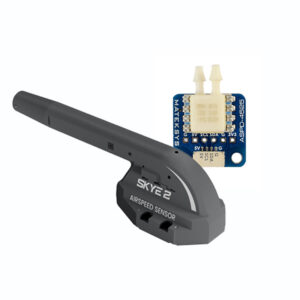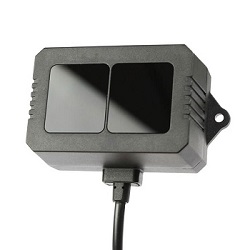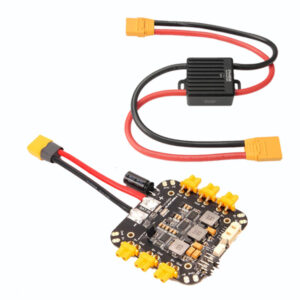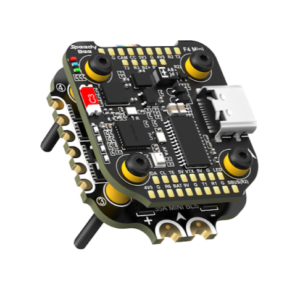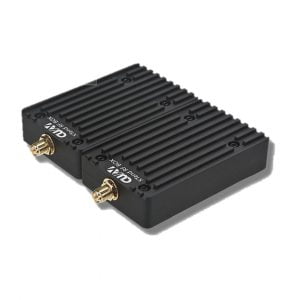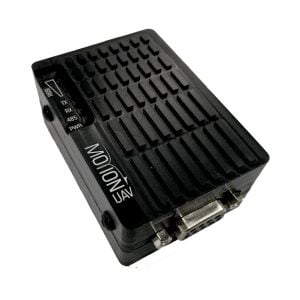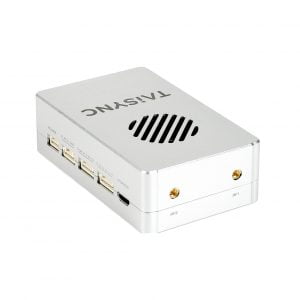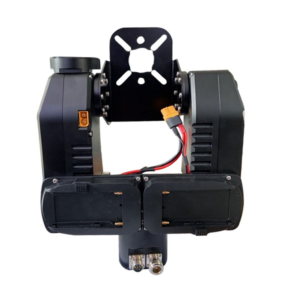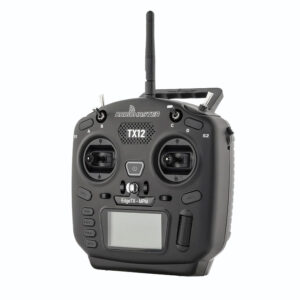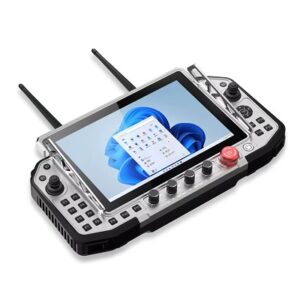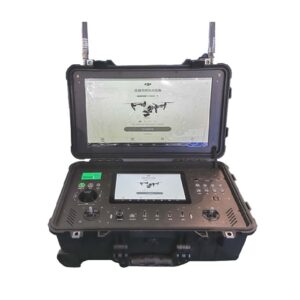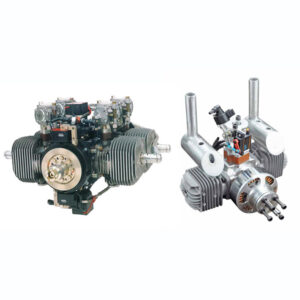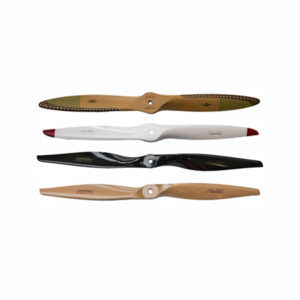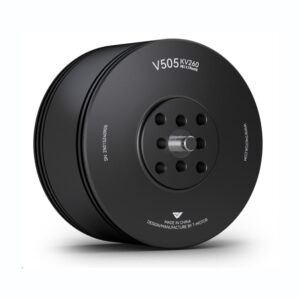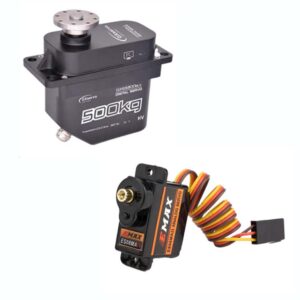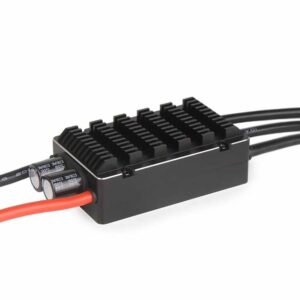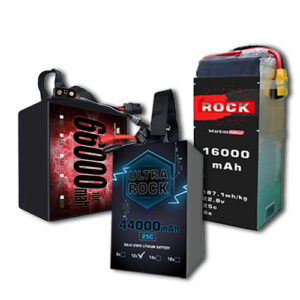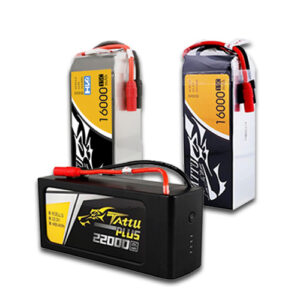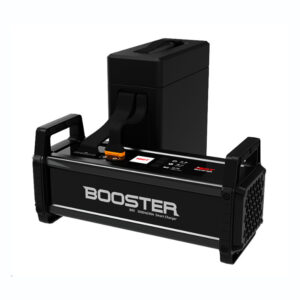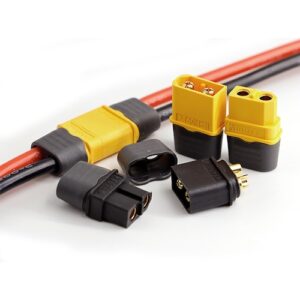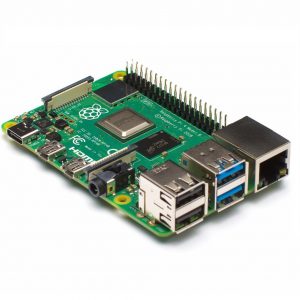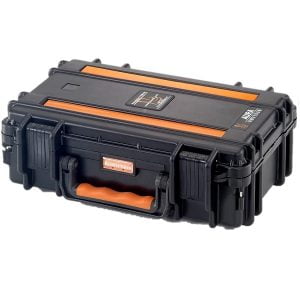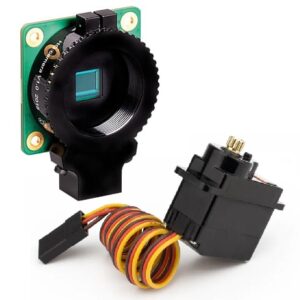Key features to look for in UAV battery chargers
On August 31, 2024
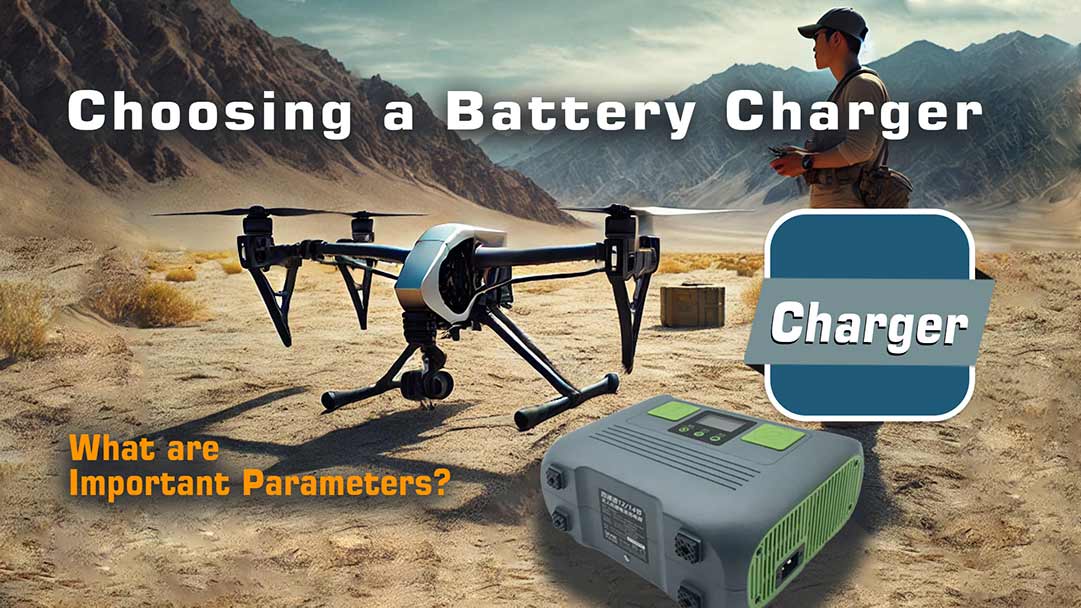
Table of Contents
Introduction
In recent years, drones have become a big part of our lives. They change the way different things are done including package delivery, mapping areas, farming, handling rescue missions and more. These flying machines can make life easier for us, but there’s one important factor that we often forget about them: they are mainly powered by batteries and the energy density of batteries is limited and they need to be charged frequently.
Over time, more features are added to the drones to be able to perform more complex missions, which means they will also consume more energy. Consequently, it is very important to know how to charge them, take care of their batteries, and make sure that they work well and safely.
In this article of motionew, we’ll talk about the different types of batteries for drones, how to charge them, and some easy tips for taking care of them. Knowing the recommended tips for using, charging, and storing the batteries is important to maintain a long lifetime. Moreover, safety tips should also be considered to avoid damage to the operator as the batteries are highly flammable.
Different types of batteries are currently used to power the drones. They differ in terms of charging and discharging capability, cell voltage, weight, and dimensions. So it is important to make sure that the battery charger that we are using can support that specific type of battery.
There are a few well-known battery models that are used in the drone industry:
- Li-Fe
- Li-ion (Lithium-Ion)
- LiPo (Lithium Polymer), LiHv, ULiHv (ultra-high voltage lithium batteries with a 4.45V cell voltage)
- Pb
- Nickel-Metal Hydride (NiMH) and NiMH/Cd.
Each one of these models require a separate charging profile to maintain safety and make sure they are not damaged during the charging process. So it is important to make sure that the battery charger that you are using supports them.
Key features to look in UAV battery chargers
When it comes to choosing a suitable battery charger for UAVs, we need to consider a few parameters. One of the most important factors is compatibility, because it can be helpful to make sure the charger matches the battery type and voltage to avoid damage.
Along with compatibility, another parameter to consider is portability. Battery chargers are not always lightweight, so this will be essential for UAV operators who need to charge batteries in the field or while traveling. A portable charger should be compact and lightweight for carrying in a backpack or field kit easily.
Another important factor to consider is the output power of a charger or its charging capacity. The more the capacity of a battery, the more time is required to fully charge the battery considering a battery charger with fixed output power.
Many chargers have multiple battery port connections to connect multiple batteries at the same time to charge. However, some models like EV-PEAK U6Q and EV-PEAK UD2 can charge all the connected batteries at the same time, while some other models just charge them in turn after the first connected battery is fully charged.
Some models have added extra features as well. For example UltraPower UP8 has wireless charging technology to charge your mobile phone as well as a motor and servo testing function.
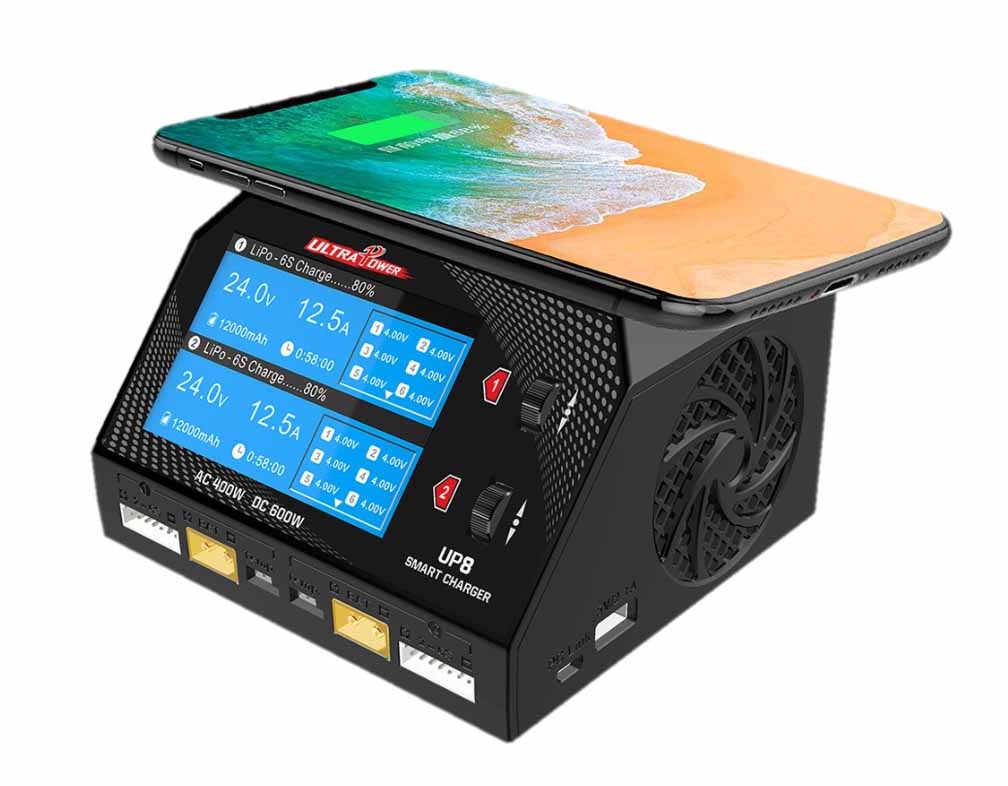
Essential charger features
Here are a few features that you might want to look for when choosing a suitable charger:
- Fast Charging is one of the features of the new versions of battery charger which can charge the battery up to 50% in a few minutes. While this can be useful in emergency situations, it can affect battery life. For example, ISDT K4 has fast charging capabilities.
- Discharging the battery for storage is really important. Batteries should not be stored at full voltage as it will decrease their lifetime. So if you have fully charged your battery and have not used it, you can connect it to the battery charger and it will put it into storage mode by discharging the battery (if the charger supports it)
- Batteries may get hot during the charging process due to many reasons, which is dangerous. Temperature monitoring and stopping the charging process in case of an over-temperature scenario is a useful safety feature.
- The third Key features of UAV battery chargers is having an easy-to-read display which enhances the user experience by making it simple to monitor the battery’s status during the charging process.
- Another useful Key features of UAV battery charger is cycle tracking which monitors how many times a battery has been charged or used to understand the battery’s health and lifespan.
- The ability of a charging device or battery to accept power from different types of energy sources for charging can be counted as an important feature as well. Chargers can be powered from AC sources like power outlets, or DC sources. Some models also have a car charger cable to power them using your car. For example, Ultrapower UP2800-14S can only be powered using AC input, while ISDT K4 can be powered using AC (100~240v) and DC (10~34v) inputs.
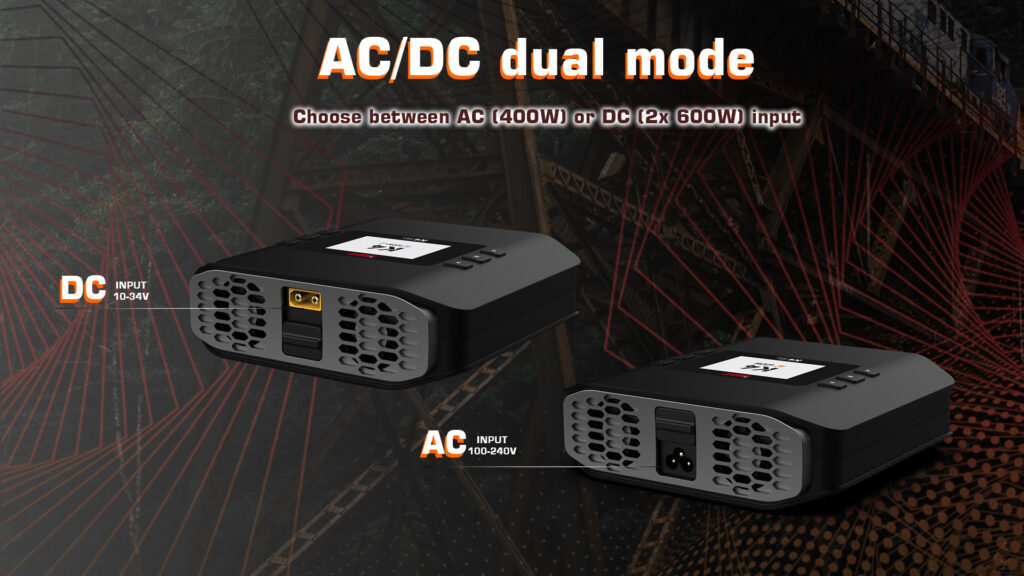
- Guarding against over-current, over-voltage, over-charge, and over-temperature scenarios, or against plugging the battery in the wrong way, is really important. Offering unparalleled protection, extending the lifespan of your batteries, and safeguarding your valuable equipment investment is guaranteed using a charger with these features. For example, ISDT X16 has a few protection features.
- Some batteries like LiPo and Li-ion should be charged in a way that each cell is balanced for optimal battery performance. So when buying your charger, make sure it supports the number of cells in your battery. For example supports up to 8 cells LiPo batteries while EV-PEAK U6Q and EV-PEAK UD2 support up to 14 cells and 18 cells respectively.
Safety mechanisms
In this part we will discuss the importance of safety while working with batteries which is really necessary because of many hazards they may pose such as releasing harmful gases that can be the cause of chemical burns and corrosive acid.
When you want to pick the right charger for your drone, you need to make sure that it has a few safety features.
- Over-current protection
- Over-voltage protection
- Short circuit protection
- Thermal cutoff
It is necessary to remove all the jewelry that could conduct electricity or wear personal protective equipment like goggles, face shields, aprons, or coats and gloves. Keeping metal tools and objects away from the battery can significantly reduce the risk of accidents and make a safe working environment.
User interface and display
Having a battery charger with an easy to use user interface is really important. There are a lot of different parameters that should be set for each model of battery including the type of the battery (LiPo, LiHV, etc.), the number of cells, the maximum charging current, and more. Thus, many battery chargers provide preset settings to choose among them the ones that are close to the required parameters of the battery.
Most of the settings of the charger can be set using the available physical buttons on the unit, or using a touch screen on higher-end models. Some models like ISDT B60 / B80 also support wireless communication to be controlled and monitored using an application on your smartphone.
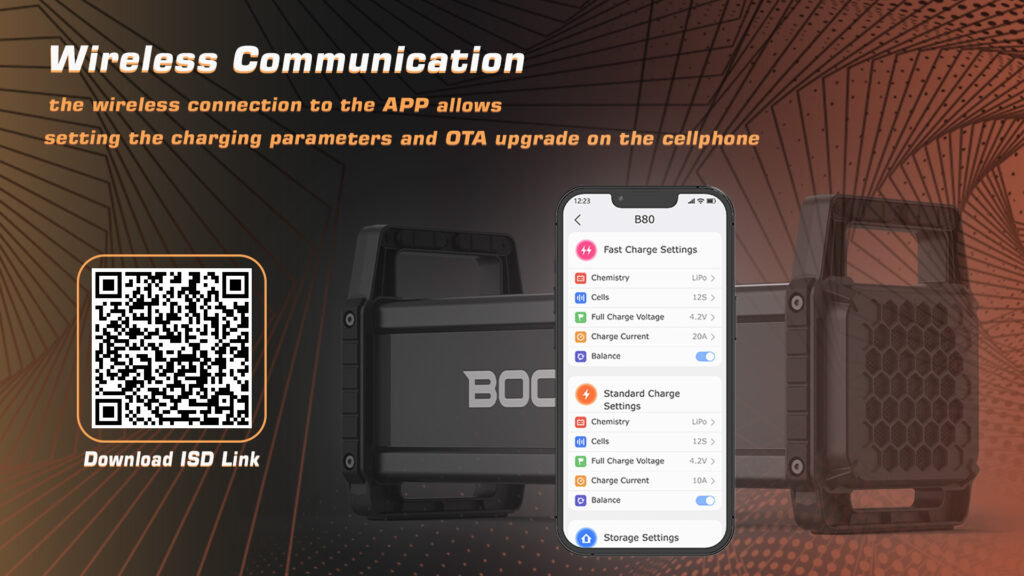
The real-time status of the battery while charging can provide useful information for the user. Knowing the charging time, battery voltage, and a few other information helps the user to make sure that nothing goes wrong during the charging process, the battery is healthy, and allows the user to plan ahead by knowing the remaining charging time. Most of the available battery chargers provide real-time charging information of the battery including the cell voltage and the charging current.
